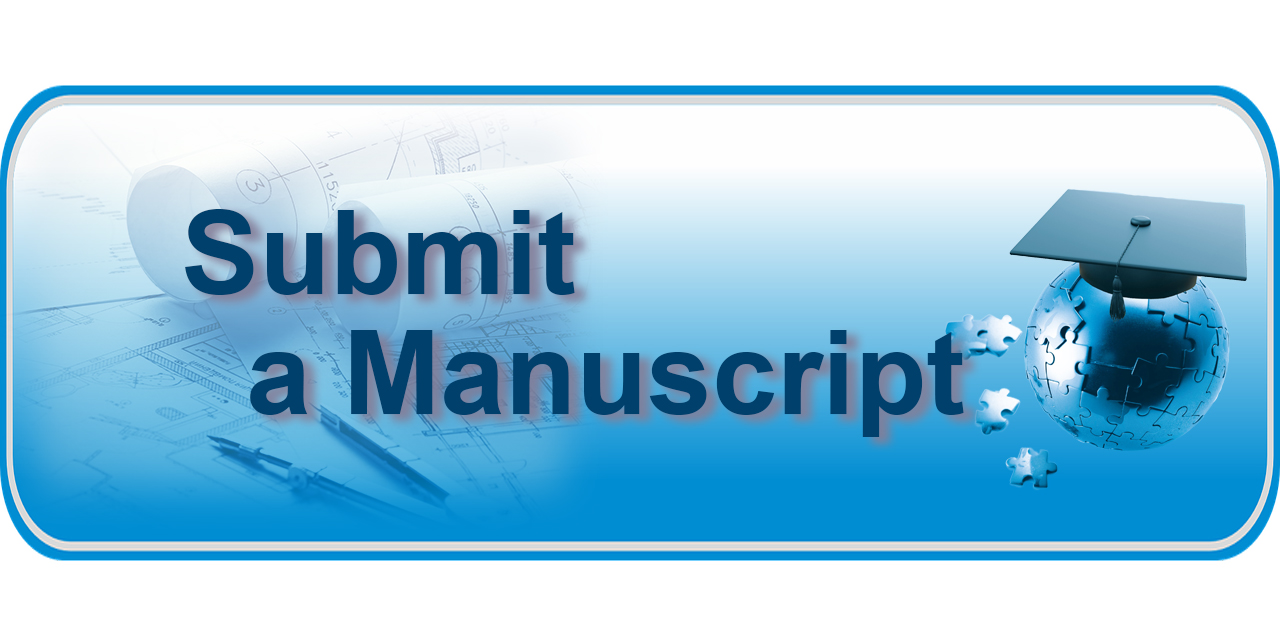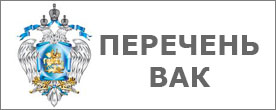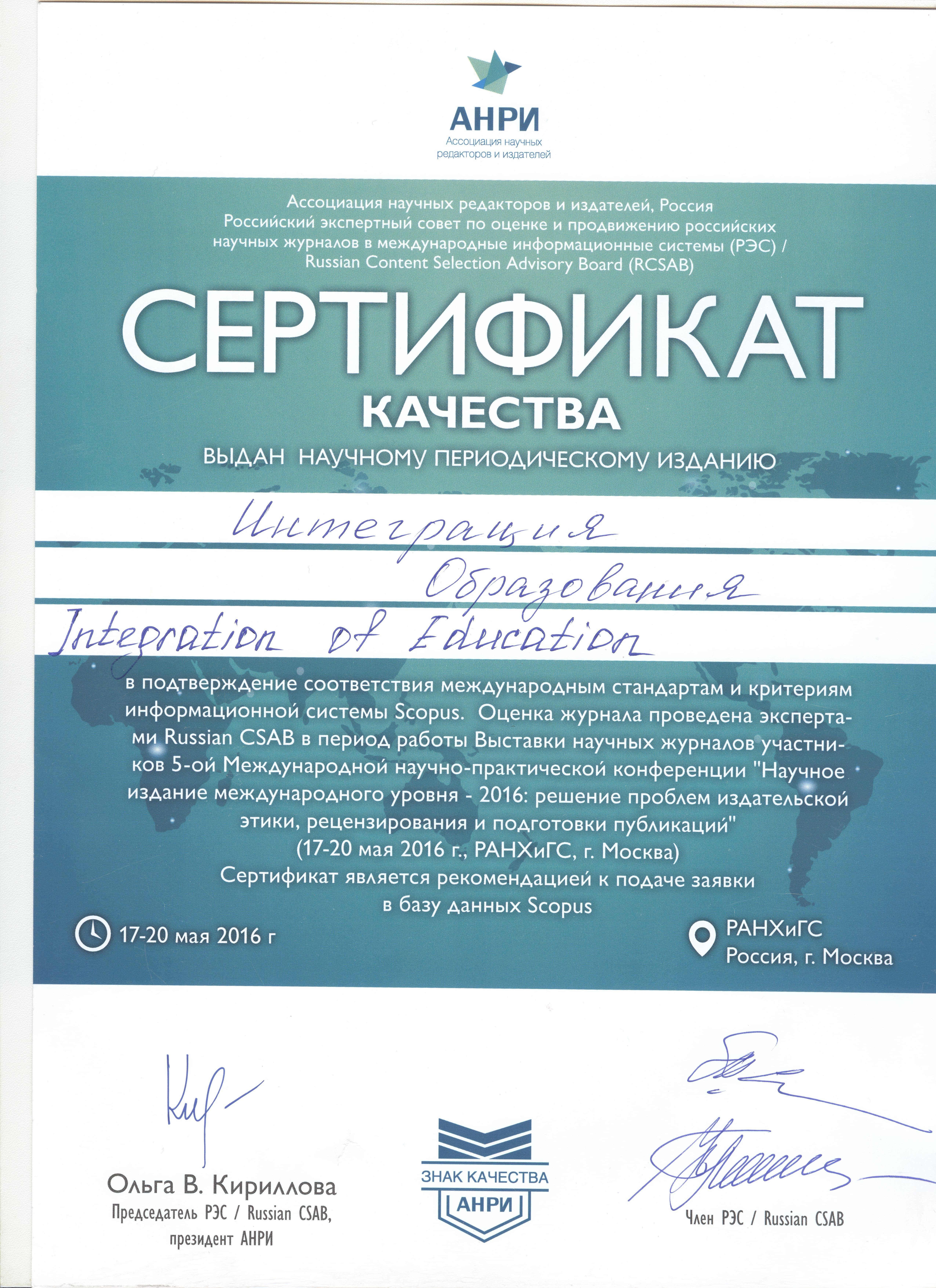UDC 37.016:57
DOI: 10.15507/1991-9468.085.020.201604.507-521
INNOVATIVE TECHNIQUE OF WORKING WITH MUSIC TEXT BY SYMMETRY OPERATIONS
Yuliya A. Brazhnikova
teacher of piano, music and music theory at children’s teacher of Children's Art School Neryungry (3/2, Luzhniky St., Neryungry, Russia), ORCID: http://orcid.org/0000-0001-6276-9729, This email address is being protected from spambots. You need JavaScript enabled to view it.
Introduction: the article presents a new methodological approach to the study of the musical text using symmetry operations, which allows to achieve the highest level abstracted representations of musical works and bring it closer to mathematical modeling. This technique is particularly relevant when teaching students without musical training and do not know the music reading.
Materials and Methods: the work presents the technology of constructing a mathematical model of the musical text of any complexity on the basis of symmetry transformations. The research methodology is based on the practical consideration of the separate reception of sound and rhythmic sequences. Replacing the research object – a piece of music – a mathematical model has allowed to come to a very formalized notion of simple and complex musical processes and easily change their parameters during the simulation.
Results: used formulas and symbols allow you to include music notation material in various information systems, reflecting in mathematical form the most important properties of a musical composition, or fragment thereof, as a system of symmetric relations. The study of these relations means of mathematics, in addition to the pedagogical value, should answer these questions about the properties of a certain set of pitch of a musical work relations. The article carried the description of the symmetry operations (broadcast, mirroring and translation-mirror transformation). The work involves two types of symmetric equality: classical symmetry and similarity symmetry. The first applies to zvukotsepochke (sequence of sounds separated from rhythm) and rhythm, which are located in real time. The second considers the harmonic sequence of sounds and ritmodoley is temporal factor.
Discussion and Conclusions: in addition to the expansion of university disciplines “theory of music” and “ear training” in the specialty “Music education”, the use of categories of symmetry in music helps to significantly enrich the possibilities simmetrologii, which is now considered one of the fundamental branches of knowledge. In general, the use of balanced standards in music can become the basis for new directions in various areas of science and music used as an effective methodological tool, suggesting the possibility of its use in a multilevel process of working on the works of various styles. It should be noted that overseas the problem of musical symmetry is investigated with the 70-ies of the last century. In Russia and in the CIS countries, it began to be considered a little later and has not yet become widespread, despite the undeniable practical value. This issue can also be considered as part of informatization of education and better integration of music theory with the exact sciences.
Keywords: music and mathematics; mathematical model in music; symmetry in music; music theory; ear training; melody; variation; transposition; retrograde
For citation: Brazhnikova YuA. Innovative tehnique of working with music text by symmetry operations. Integratsiya obrazovaniya = Integration of Education. 2016; 4(20):507-521. DOI: 10.15507/1991- 9468.085.020.201604.507-521
Тhe author have read and approved the final manuscript.





























